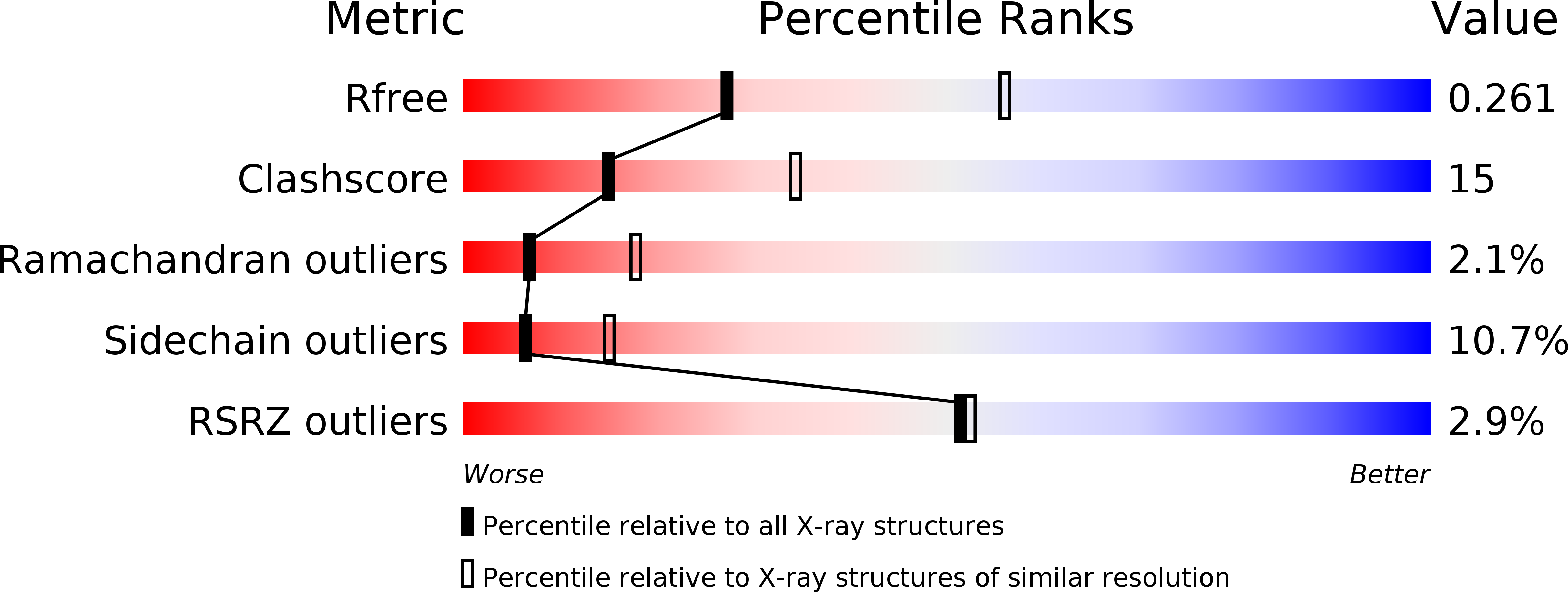Abstact
BACKGROUND
Chagas Disease is the leading cause of heart failure in Latin America. Current drug therapy is limited by issues of both efficacy and severe side effects. Trypansoma cruzi, the protozoan agent of Chagas Disease, is closely related to two other major global pathogens, Leishmania spp., responsible for leishmaniasis, and Trypansoma brucei, the causative agent of African Sleeping Sickness. Both T. cruzi and Leishmania parasites have an essential requirement for ergosterol, and are thus vulnerable to inhibitors of sterol 14alpha-demethylase (CYP51), which catalyzes the conversion of lanosterol to ergosterol. Clinically employed anti-fungal azoles inhibit ergosterol biosynthesis in fungi, and specific azoles are also effective against both Trypanosoma and Leishmania parasites. However, modification of azoles to enhance efficacy and circumvent potential drug resistance has been problematic for both parasitic and fungal infections due to the lack of structural insights into drug binding.
METHODOLOGY/PRINCIPAL FINDINGS
We have determined the crystal structures for CYP51 from T. cruzi (resolutions of 2.35 A and 2.27 A), and from the related pathogen T. brucei (resolutions of 2.7 A and 2.6 A), co-crystallized with the antifungal drugs fluconazole and posaconazole. Remarkably, both drugs adopt multiple conformations when binding the target. The fluconazole 2,4-difluorophenyl ring flips 180 degrees depending on the H-bonding interactions with the BC-loop. The terminus of the long functional tail group of posaconazole is bound loosely in the mouth of the hydrophobic substrate binding tunnel, suggesting that the major contribution of the tail to drug efficacy is for pharmacokinetics rather than in interactions with the target.
CONCLUSIONS/SIGNIFICANCE
The structures provide new insights into binding of azoles to CYP51 and mechanisms of potential drug resistance. Our studies define in structural detail the CYP51 therapeutic target in T. cruzi, and offer a starting point for rationally designed anti-Chagasic drugs with improved efficacy and reduced toxicity.



